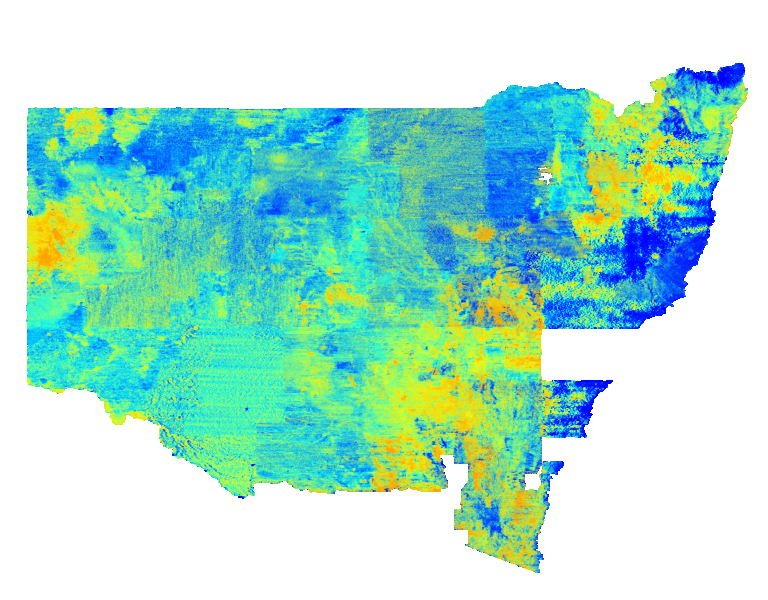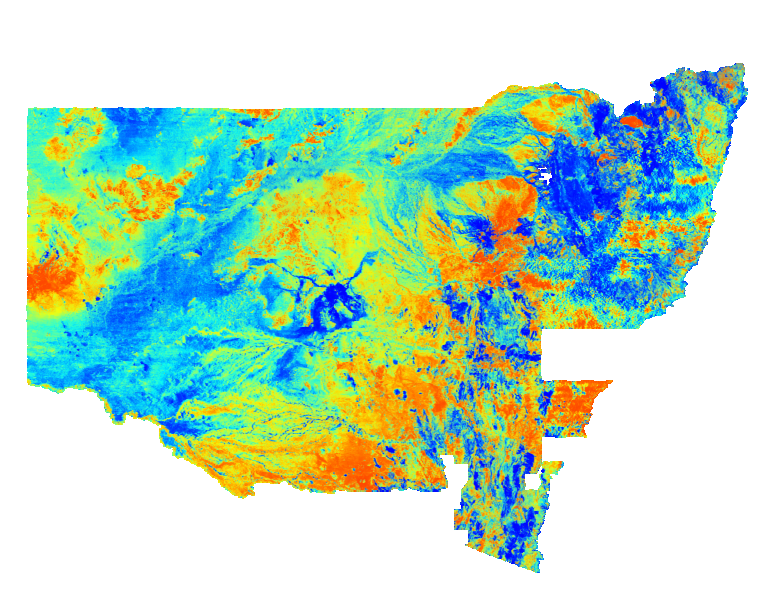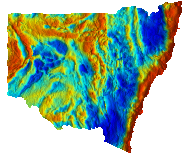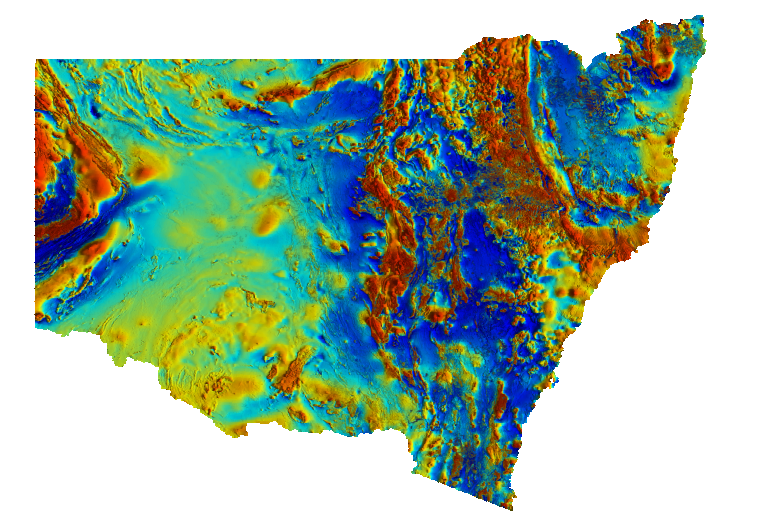geoscientificInformation
Type of resources
Available actions
Topics
Keywords
Contact for the resource
Provided by
Years
Formats
Representation types
Update frequencies
status
Scale
-
This layer shows a depth slice from a 3D resistivity model of the crust derived from an inversion of the AusLAMP NSW long period MT data.
-

Pseudocolour image of the ratio between uranium and thorium within the upper 20 centimetres of the ground. Cooler colours indicate lower abundances of uranium relative to thorium and warmer colours represent the opposite. Variations in U2/Th ratio are caused varied mineral compositions in host rocks and soils. This statewide image was generated by merging many individual airborne radiometric surveys.
-
Magnetic and radiometric data has been reported to the NSW government and released under the requirements of the NSW Mining Act 1992. Contained within this vector file is the location of surveys and acquisition parameters.
-

Pseudocolour image of the ratio between thorium and potassium within the upper 20 centimetres of the ground. This image was generated using normalised input grids to avoid ‘divide by zero’ errors. Cooler colours indicate lower abundances of thorium relative to potassium and warmer colours represent the opposite. Variations in Th/K ratio are caused varied mineral compositions in host rocks and soils. This statewide image was generated by merging many individual airborne radiometric surveys.
-
Ground surveyed gravity data has been reported to the NSW government and released under the requirements of the NSW Mining Act 1992. Contained within this vector file is the location of surveys and acquisition parameters.
-

Pseudocolour image of Bouguer gravity with a histogram-equalised colour stretch. Cooler colours indicate lower Bouguer gravity values and warmer colours represent higher values. The intensity layer is the Bouguer gravity greyscale image enhanced by a 3x3 sun filter with the sun illumination set at 45 degrees elevation and 90 degrees azimuth. Bouguer gravity compensates for variations in latitude, 'free-air' elevation and Bouguer correction (assuming a crustal density of 2.67 T/m³). Attention: Please ensure your version of the NSW gravity merges contains the date ‘2024-10-30’ in their filename. An update was made to remedy location errors in the initial release. Apologies for any inconvenience.
-
Gravity gradiometry data has been reported to the NSW government and released under the requirements of the NSW Mining Act 1992. Contained within this vector file is the location of surveys and acquisition parameters.
-
All airborne geophysics has been reported to the NSW government and released under the requirements of the NSW Mining Act 1992. Contained within this vector file is the location of surveys and acquisition parameters.
-
AEM data has been reported to the NSW government and released under the requirements of the NSW Mining Act 1992. Contained within this vector file is the location of AEMsurveys and acquisition parameters.
-

Pseudocolour image of total magnetic intensity (TMI) with a histogram-equalised colour-stretch. Cooler colours indicate lower magnetic intensity values and warmer colours represent higher values. The intensity layer is the TMI greyscale image enhanced by a 3x3 sun filter with the sun illumination set at 45 degrees elevation and 90 degrees azimuth. Variations in the magnetic field are caused by lithological factors, principally magnetite (and/or pyrrhotite) content. This Statewide image was generated by merging many individual airborne magnetic surveys.
 NSW Geoscience Metadata
NSW Geoscience Metadata